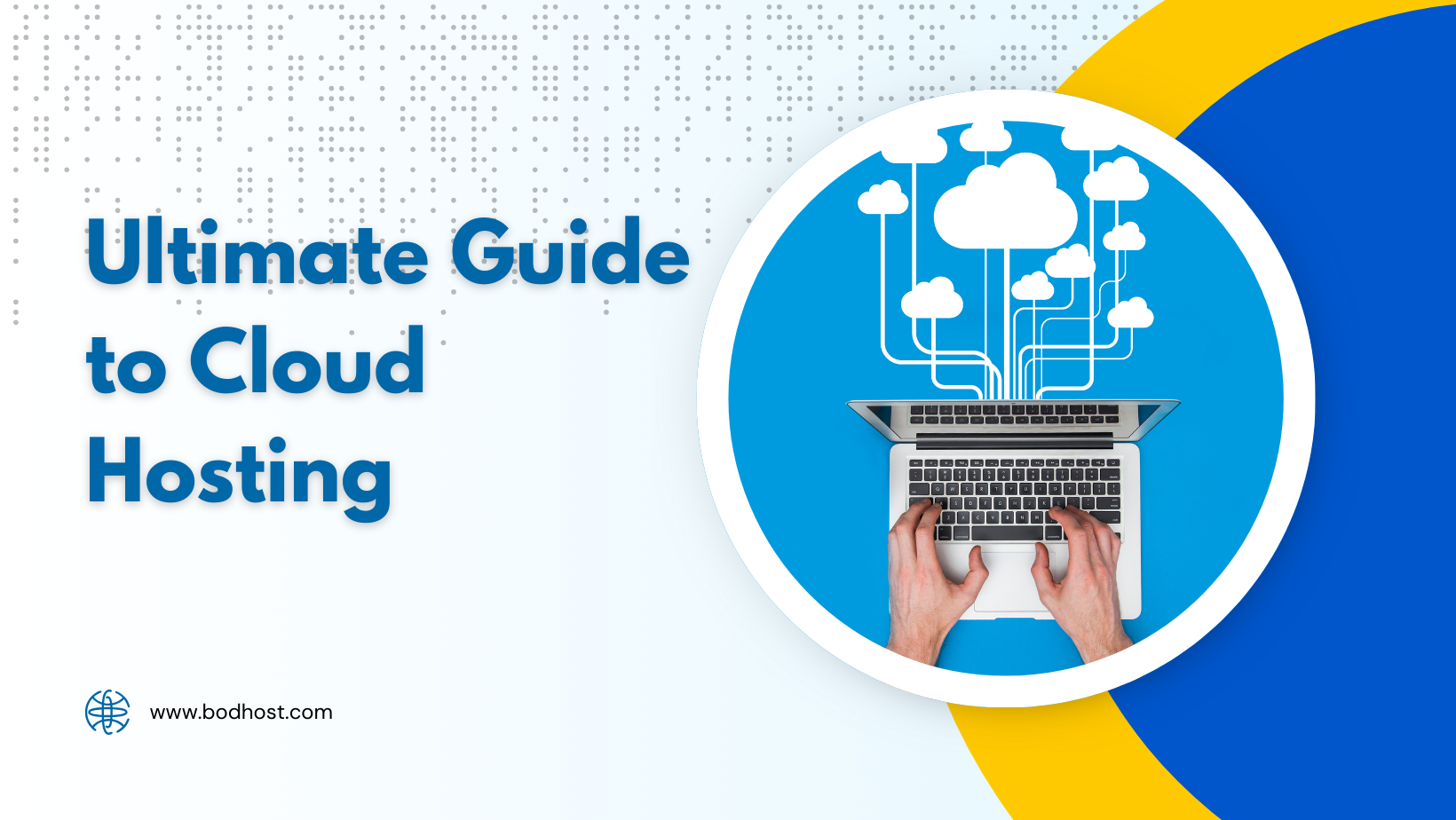Cloud computing is the IT industry’s buzzword. Businesses all over the world are turning to cloud computing to help them with their digital transformation, improve work procedures, and ensure consistent revenue development. One of the primary reasons that IT decision-makers favor cloud applications is its scalability. When looking for a possible affordable cloud hosting provider for a new business, keep in mind that they all have various features.
However, purchasing new technology is costly. The expense of integrating cloud computing into current IT infrastructure may not be an issue for large corporations, but it may cause financial limits for small businesses and startups. If you intend to use cloud computing in your organization, then this blog is for you. This step-by-step guide demonstrates how to create and implement a cloud plan while staying within your budget.
What is cloud strategy?
A cloud strategy is a plan of action that describes the role of the cloud in your firm. It describes how you intend to use cloud computing and host your IT infrastructure in the cloud to fulfill your business objectives.
Developing a cloud strategy, in 4 steps
Cloud computing affects every part of IT and business, you need to have a well-thought-out decision-making process in place to manage its influence. Having no cloud strategy in place to address how your company coordinates work utilizing cloud services can greatly enhance risks such as job mismanagement and incorrect resource assignment.
1. List the goals of adopting cloud computing
Determine how cloud computing will help you achieve your corporate objectives and long-term ambitions.
2. Determine the risks associated with the objectives
Work with your team to identify, plan, and have a backup plan in place for the risks associated with cloud computing adoption.
3. Examine the business impact of adopting cloud adoption
Explain how cloud computing will affect your current business processes and how you will adapt to the necessary changes.
4. Choose a cloud adoption strategy
Finally, you determine strategies to incorporate cloud technology into your organization. Where you choose a cloud provider and a service: public (available to the Public), private (available to select users), multi-cloud (available from various cloud providers), or hybrid (a combination of public and private) cloud services. Thereafter you place importance on migration techniques and make cloud-computing part of the existing systems.
Selecting a Cloud Hosting Provider for Your Startup
Let’s dive in a bit more and consider some aspects to look for when choosing a cloud hosting service for a new business.
1. Billing model for cloud hosting
The billing model is an essential component of cloud computing for start-up businesses. Scalability is intimately related to utility. It enables firms to pay for only what they use and use extra resources only when they are required. This pricing approach enables new businesses to swiftly adapt to a changing business environment. For specified workloads, it is the most reasonable hosting solution model available.
2. The delivery approach and flexibility
There are numerous cloud delivery models available. This provides enterprises with additional alternatives and flexibility. Many cloud vendors allow businesses to tailor delivery methods as they grow. This is accomplished without altering the setup or the user interface. These cloud architecture layers are supplied to enterprises via three main service models, which are mentioned below in order of increasing hosting level.
· Software as a Service (SaaS)
· Infrastructure as a Service (IaaS)
· Platform as a Service PaaS)
3. Test use
The ability to trial the application is a capability that is unique to cloud deployment. The advantage is that startups can test an app before contacting the provider. Trying out a cloud application does not put an organization’s finances in danger. Instead, it provides users with useful information. A trial allows new businesses to learn about the application’s usability and interface. In addition, how quickly and efficiently activities can be completed.
4. Platform compatibility
The cloud application should work properly on a variety of browsers and web applications. Especially those that are being used in your organization. If necessary, mobile devices should be used to verify cloud application accessibility. It is critical to review the future compatibility of cloud computing. If your startup company’s IT plan includes a mobile strategy, you must choose cloud computing applications that will meet your organization’s future online, IT, and mobile requirements.
5. Scalability of infrastructure
New businesses should assess the cloud provider’s scalability via infrastructure elements such as data warehouses, load balancers, network servers, and bandwidth. The firm must assess the short-term and long-term strategies, as well as the degree of service provided by cloud vendors. Cloud vendors must be able to sustain and increase their service levels as the start-up firm grows. This includes initial testing of the consumer’s existing hardware and bandwidth by the vendor. Also, technical recommendations for improvement must be provided.
Conclusion
To summarize, bodHOST cloud hosting is popular because it benefits start-ups, midsize businesses, and huge corporations. Scalability in these systems enables start-ups to easily increase capacity, minimize downtime, and avoid the enormous costs associated with it. As a result, start-up businesses might greatly benefit from the correct cloud application.
Read out more article: Speed Matters: Optimizing Website Performance with bodHOST




